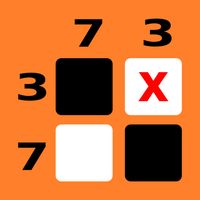
Brain Nonogram Classic Game
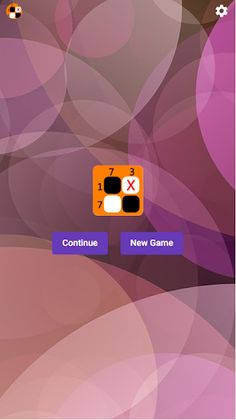
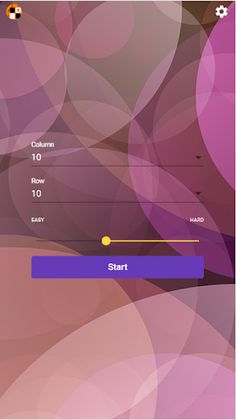
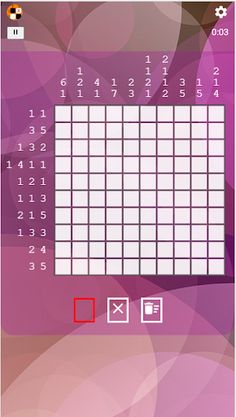
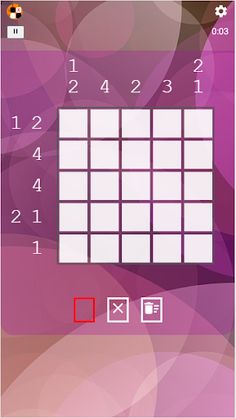
Aperçu du jeu
Nonograms, also known as Picross or Griddlers, are picture logic puzzles in which cells in a grid must be colored or left blank according to numbers at the side of the grid to reveal a hidden picture.
In this puzzle type, the numbers are a form of discrete tomography that measures how many unbroken lines of filled-in squares there are in any given row or column. For example, a clue of "4 8 3" would mean there are sets of four, eight, and three filled squares, in that order, with at least one blank square between successive groups.
These puzzles are often black and white—describing a binary image—but they can also be colored. If colored, the number clues are also colored to indicate the color of the squares. Two differently colored numbers may or may not have a space in between them. For example, a black four followed by a red two could mean four black boxes, some empty spaces, and two red boxes, or it could simply mean four black boxes followed immediately by two red ones.
Nonograms have no theoretical limits on size, and are not restricted to square layouts.
To solve a puzzle, one needs to determine which cells will be boxes and which will be empty. Solvers often use a dot or a cross to mark cells they are certain are spaces. Cells that can be determined by logic should be filled. If guessing is used, a single error can spread over the entire field and completely ruin the solution. An error sometimes comes to the surface only after a while, when it is very difficult to correct the puzzle. The hidden picture plays little or no part in the solving process, as it may mislead. The picture may help find and eliminate an error.
Simpler puzzles can usually be solved by a reasoning on a single row only (or a single column) at each given time, to determine as many boxes and spaces on that row as possible. Then trying another row (or column), until there are no rows that contain undetermined cells. More difficult puzzles may also require several types of "what if?" reasoning that include more than one row (or column). This works on searching for contradictions: When a cell cannot be a box, because some other cell would produce an error, it will definitely be a space. And vice versa. Advanced solvers are sometimes able to search even deeper than into the first "what if?" reasoning.
These puzzles are often black and white—describing a binary image—but they can also be colored. If colored, the number clues are also colored to indicate the color of the squares. Two differently colored numbers may or may not have a space in between them. For example, a black four followed by a red two could mean four black boxes, some empty spaces, and two red boxes, or it could simply mean four black boxes followed immediately by two red ones.
Nonograms have no theoretical limits on size, and are not restricted to square layouts.
To solve a puzzle, one needs to determine which cells will be boxes and which will be empty. Solvers often use a dot or a cross to mark cells they are certain are spaces. Cells that can be determined by logic should be filled. If guessing is used, a single error can spread over the entire field and completely ruin the solution. An error sometimes comes to the surface only after a while, when it is very difficult to correct the puzzle. The hidden picture plays little or no part in the solving process, as it may mislead. The picture may help find and eliminate an error.
Simpler puzzles can usually be solved by a reasoning on a single row only (or a single column) at each given time, to determine as many boxes and spaces on that row as possible. Then trying another row (or column), until there are no rows that contain undetermined cells. More difficult puzzles may also require several types of "what if?" reasoning that include more than one row (or column). This works on searching for contradictions: When a cell cannot be a box, because some other cell would produce an error, it will definitely be a space. And vice versa. Advanced solvers are sometimes able to search even deeper than into the first "what if?" reasoning.
Genres
Développeur
Plus de jeux par pondol